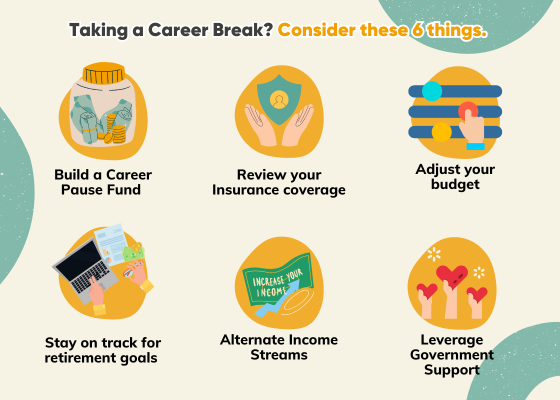Note: It was announced in November 2023 that MoneyOwl will be acquired by Temasek Trust to serve communities under a re-purposed model, and will move away from direct sale of financial products. The article is retained with original information relevant as at the date of the article only, and any mention of products or promotions is retained for reference purposes only.
______________
Do you look forward to a claim when you buy insurance?
Whenever I travel, I would cover myself with travel insurance. Just because I am covered with travel insurance, do I actually hope to lose my baggage, miss my flight connection, fall ill or meet with an accident? I definitely do not. I still remember my fateful experience of losing my wallet while I was holidaying in Hawaii. Was it an anti-climax to the holiday? I was certainly thankful that I recovered some loss through an insurance claim.
Life insurance serves as a way to compensate for a loss. If the item we lose is an object like a luggage or house, it can be easily quantified into dollar terms. But what if death occurs, how do you quantify the loss of your life? How much life insurance do you and your family really need?
Simple rule-of-thumb
In the past, financial advisers used a simple method to estimate death needs. It is quick and easy:
Multiply your annual income with a factor ranging from 10 to 15.
Example: If you earn $40,000 a year and a factor of 10 is used, you probably need around $400,000 of death benefits. ($40,000 x 10 = $400,000)
But this is too simplistic to determine your needs isn’t it? It does not consider critical considerations such as your dependants’ (eg. your spouse, children, your parents) living expenses, future obligations and your current financial resources when you are no longer around to provide for them. A more comprehensive approach is preferred now.
Life Insurance Computation
Finding out how much death benefit you require is simple. You just need to determine two things – your financial obligation to your dependants and your available resources now.
Your Financial Obligation
What are your financial obligations if death occurs now? Consider these areas in determining your financial obligations.
a) How much do your dependants need for their living expenses?
If you have no dependents who depend on your income, e.g. single with wealthy parents, then there is no need for you to provide for this area. But if you have dependents, you would need to estimate how much monthly allowance you have to provide for them and for how long.
Example
You are currently contributing $2,000 monthly to your family’s expenses and you estimate that you will continue contributing for another 25 years until your children start working, or the life expectancy of your parents.You need = $2,000/month x 12 months x 25 years = $600,000 life insurance sum assured
b) Do you need to provide for your child’s university education?
The cost of university education is expensive. How much you need depends on the number of children you are supporting and their field of study (medicine or non-medicine course).

Example
You want to provide university education for 2 kids, one for medicine and the other for non-medicine courses.You need = $88,400 + $177,000 = $265,400 life insurance sum assured
c) Any loans to pay off
People generally do not wish to pass on their debts to their dependants. Consider any outstanding loans you are still servicing:
- Home loan
- Car loan
- Others – eg. personal loan, credit card
d) Any lump sum gift to beneficiaries
Some people wish to be able to give a lump sum to their loved ones (eg. grandparents, nieces/nephews) or even to charitable organisation (eg. church, SPCA).
Once completed, you just tally up the above (a + b + c + d) to determine how much death benefits you require.
Example
Total Life Insurance Sum required = $600,000 + $265,400 = $865,400
Your Available Resources
After determining your insurance needs, it is necessary to find out what resources you already have to meet this need. Essentially, if you need $1,000,000 to provide for your beneficiaries and you have more resources than that, then you do not need to buy any more life insurance (death benefits). You only need to purchase if there is a shortfall.
Your available resources can be found in 2 main sources.
e) Your existing insurance coverage
How much coverage you have in:
- Your own policies – eg. Dependant Protection Scheme (DPS),
- Policies bought from agents
- Your company insurance (employee benefits)
f) Your current assets
Usually in the form of:
- Bank deposits
- Investments – eg. shares, property, unit trusts
- CPF – total of Ordinary, Special, and Medisave accounts
You could input all of these considerations into our guided journey and find out if you have a shortfall or an excess in your life insurance needs. Give it a go today




